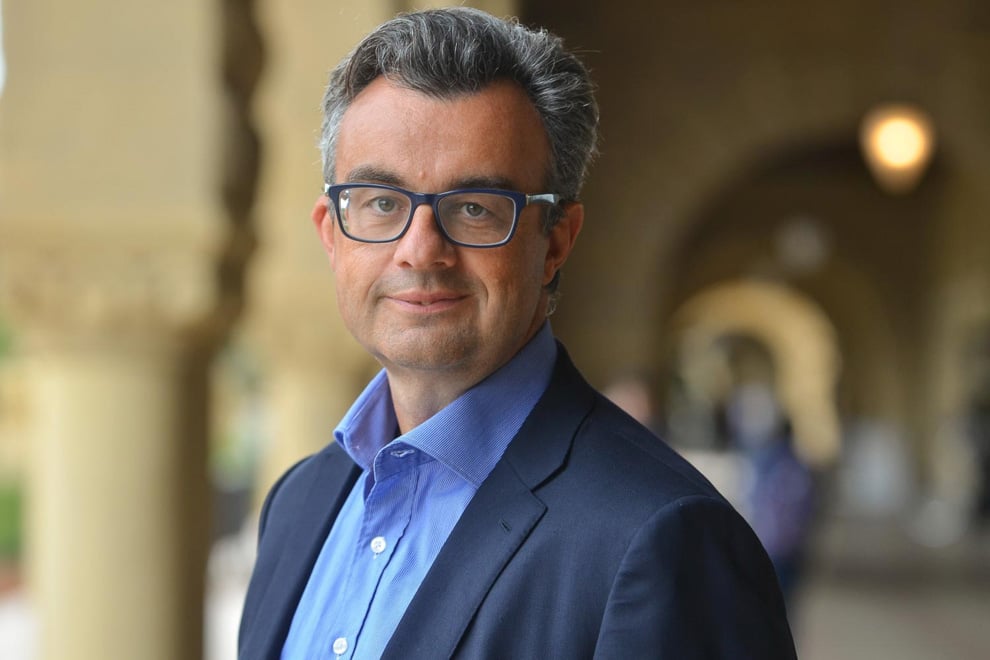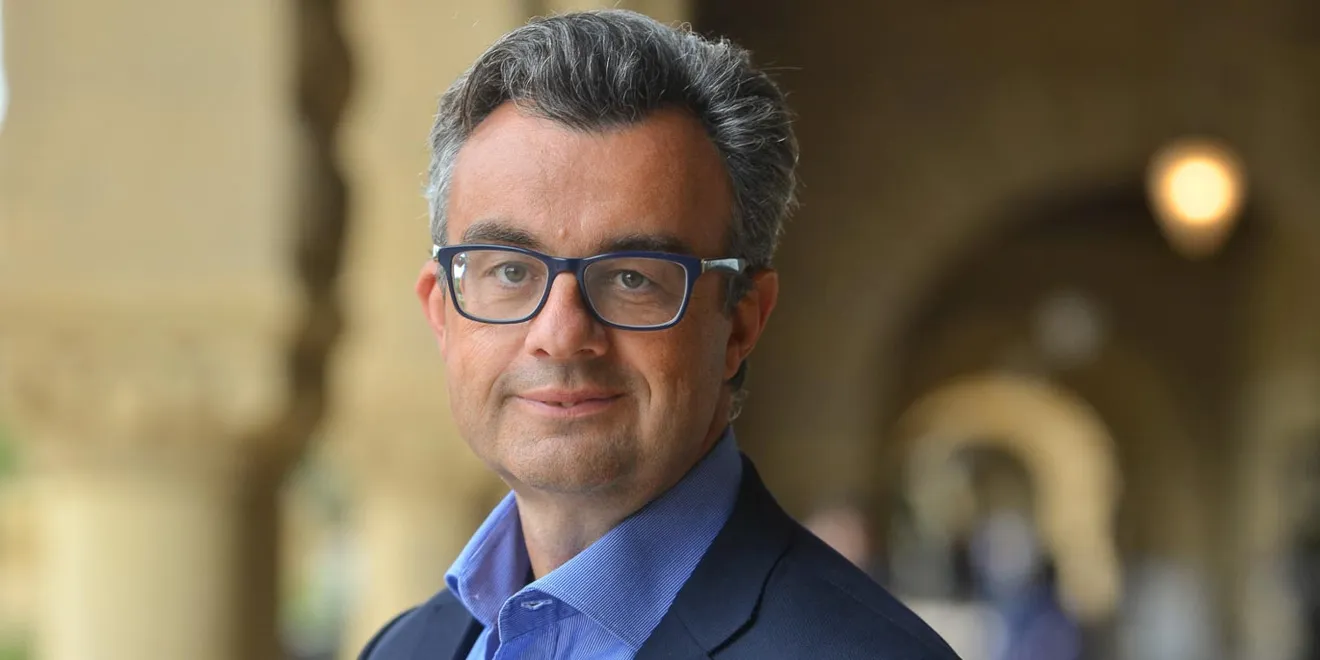
Professor Emmanuel Candes Ph.D. ’98, the Barnum-Simons Chair in Mathematics and Statistics and chair of the statistics department, was recently recognized as one of the MacArthur Foundation’s 2017 Fellows. The “Genius Grant” fellowship acknowledges individuals who show “exceptional originality in and dedication to their creative pursuits.” Candes is known for his contributions to a wide range of research in engineering and computer science, most notably compressed sensing. Candes plans to use his MacArthur grant to fuel the exploration of next-generation applications of big data.
The Stanford Daily (TSD): To get us started, could you tell me a bit more about yourself?
Emmanuel Candès (EC): I grew up in France, did my undergraduate studies there and then moved to Stanford for graduate school. I completed my Ph.D. in statistics under the supervision of David Donoho, who is currently my colleague and a MacArthur Fellow. At Stanford, I studied statistics and stayed in the faculty as a young person, meeting my wife while a graduate student. We then moved to L.A., where I stayed at Caltech for nine years before returning here. I have three kids; one of them just started as a freshman here.
TSD: What is your current research focus?
EC: So, at the moment, my research is mostly concerned with problems posed in response to the big data era. If you look at statistics, for a long time, tools were designed to separate signal from noise. We look at a single frame, like a single gene, and try to determine whether this gene has an effect or not. You’re trying to separate signal from noise. But I think modern science has taken us in new direction. Now because of new technology, we have noisy estimates about lots of things at the same time… Given a DNA microarray you can measure the expression levels of thousands of genes at the same time. Rather than focusing on a single gene, we can now look at tens of thousands of genes simultaneously but with very noisy estimates of all of them. We’re no longer looking at single entities, but at several things at once. We are not in a Fisherian view of the world anymore; we’re in a world where we have lots of noisy data about lots of different things. We’re trying to see given these many different things, if we can discover what is truly significant. So that’s the bulk of my current research.
TSD: I understand you used to work a lot in compressive sensing.
EC: Yeah, so that is a previous life of sorts. I started in applied mathematics, information theory and signal processing. So the work in compressed sensing is completely different, and it is fair to say my research has changed enormously in between what the MacArthur Foundation recognizes and what I’m doing now. Want me to tell you more about compressed sensing?
TSD: Sure, I’d love to hear.
EC: It started as a bit of a fairytale in some sense, where these radiologist contacted us. There is this big problem in [magnetic resonance imaging (MRI)] to speed up acquisition time of scans, limited by certain physical properties. One of the biggest challenges is to speed up the process and sample less. Conventional wisdom says you can’t do that — create high resolution images from a [small] number of bits. And what we showed is that conventional wisdom is wrong. You can acquire fewer bits than previously thought necessary and still reconstruct high resolution images. We demonstrated this empirically at first by taking images these guys were sending us and providing reconstructions that were almost too good to be true. There was a bit of disbelief when the algorithm was performing so well. Imagine if you can send me a few bits of information, and I can tell you if this is Mona Lisa, and if it’s Mona Lisa, you win. People have since found applications for compressed sensing way outside of medical imaging, such as in single pixel cameras.
TSD: What considerations went into granting the MacArthur Fellowship, and what was the process like from your end?
EC: So I got a phone call from the MacArthur Foundation under a false pretense. The MacArthur Foundation wants to keep these things secret until they’re officially broadcasted. I knew about it, but they wanted them and no one else to know. So they cannot leave a message on your answering machine saying, “We are the MacArthur Foundation; can you please give us a call?” They have to find you and make sure they find you. You keep these things secret for about a month because they make movies, etc. The entire process is performed in such a way as to guarantee you’re really surprised when you get a phone call and then know not to discuss it.
TSD: How do you envision the MacArthur Fellowship advancing your work going forward?
EC: I think the first thing I felt was that it’s a huge boost, a huge kick. There are periods in life when we become a bit skeptical about what we do, and to get something like this, it reassures you that you’re doing the right thing, that you’re not going nowhere, that you’re on the right path. The way I took it was as an enormous encouragement to do more. A lot of the work I’ve been doing, and that the MacArthur Foundation recognizes, has been done in collaboration with students. That’s the first thing you feel. I’m doing something correct, doing something right. Now I have to find a way to be able to do more. Is it more of the same, or more of something else? That I’m not completely sure about. At the moment I am chair of the statistics department, and that will end next summer. I think it’s very important next academic year that I do something different to widen my horizons. The MacArthur Fellowship allows me to do this. So my intent is to really do — next academic year — something quite different. What that is exactly, I’m not sure. However, for someone like me, it’s really important to feel that my work is relevant, not only in academia but also a bit outside. So far I’ve been extremely lucky with MRI applications and so on, but to be relevant for the next 10 years, I need to figure out what’s out there and pay attention to it.
This transcript has been edited and condensed.
Contact Nancy Xu at xnancy ‘at’ stanford.edu.
